

When BellyDancers were Stars of Egypt Film industry.

Mona Said

VIDEOS

Nagwa Fouad
A living Legend
The next important career step was Nagwa’s marriage to Ahmed Fouad Hassan, the talented violin player, composer and conductor. Ahmed gave Nagwa Fouad her chance to appear in the very popular sixties stage show “Adwoua Al-Madina” (City Lights), which had featured such superstars as Abdel-Halim Hafez, Fayza Ahmed, Shadia and Sabah. Nagwa featured on many of the covers of the Ahmed Fouad Hassan LP’s/CD’s. Nagua took every career step well calculated: “Hassan was 17 years older than me, but I needed him.
He nurtured my amateur’s talents… He taught me the importance of studying and working on my talent if I wanted to be a big star. He trained me at the Nelly Mazloum Dance School and I joined the National Dance Troupe to study folklore with Russian teachers.” Nagoua Fouad learned showmanship and eye-catching techniques which were obvious in her performances of “Ayoub Al-Masri” and “Bahiya wa Yassin”. But Fouad Hassan wanted to have a baby with Nagua. Something she didn’t approve to so this eventually led to her first divorce after six years of marriage. In 1976, Nagwa Fouad reached the top of her career when composer Mohamed Abdel-Wahab wrote “Qamar Arbaa-tashar” (Blue Moon or 14the moon) for her.
Her stage performance to this special piece allowed her to change the way belly-dancing was presented on stage, transforming it from traditional oriental dance to more of a choreographed lavish spectacle adding more dramatic elements to it than ever before. The composition served as a transition for Nagwa:
“I was able to combine the oriental dancing of Tahiya Karioka and Samia Gamal with Na’ema’s acrobatic style and created a stage show like a dramatic piece” she says.
Nagwa established her own dance group but it did not last long and later tried to retire dancing to become actress. She played on the stage and in the cinema and finally became cinema producer.


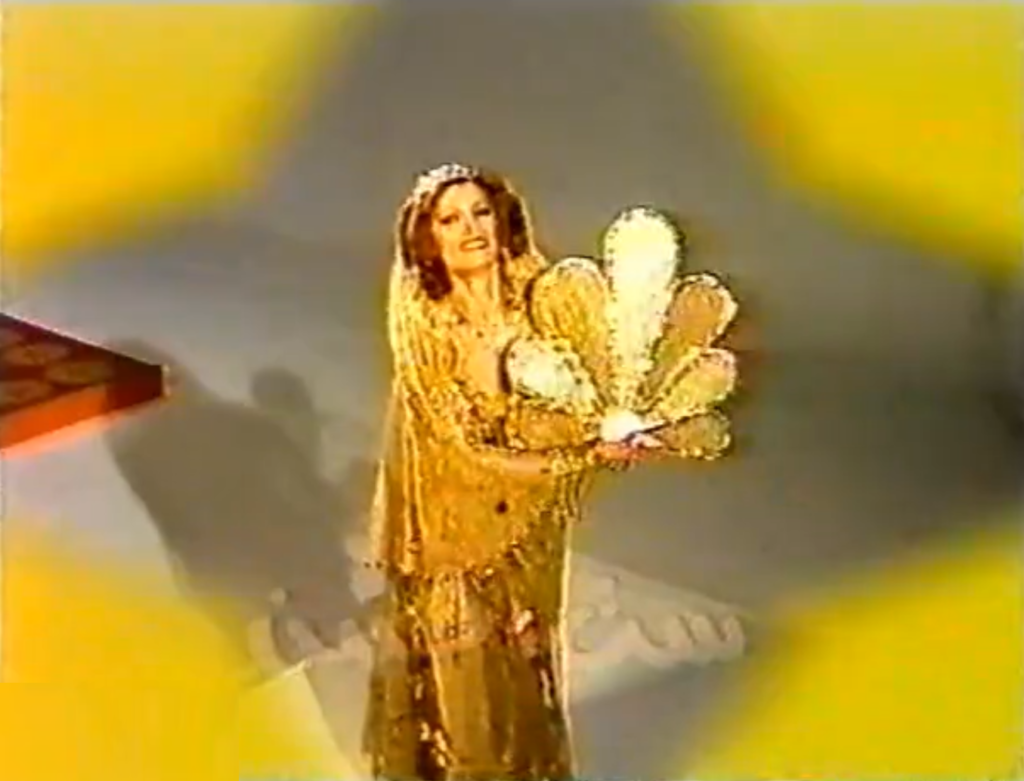



VIDEOS

Naima Akef
Top star who died young
Naima quit acting in 1964 to take care of her only child, a son from her second marriage to accountant Salaheldeen Abdel Aleem. She died two years later from cancer, on April 23, 1966, at the age of 36.
FILMOGRAPHY
- Aish Wal Malh (1949).*****
- Lahalibo (1949).*****
- Baladi Wa Khafa (1949).****
- Furigat (1950).****
- Baba Areess (1950).****
- Fataat Al Sirk (1951).*****
- Ya Halawaat Al Hubb (1952).****
- Arbah Banat Wa Zabit (1954).*****
- Aziza (1955).****
- Tamr Henna (1957). with Ahmed Ramzy, Fayza Ahmed and Rushdy Abaza.*****
- Amir El Dahaa (1964).****
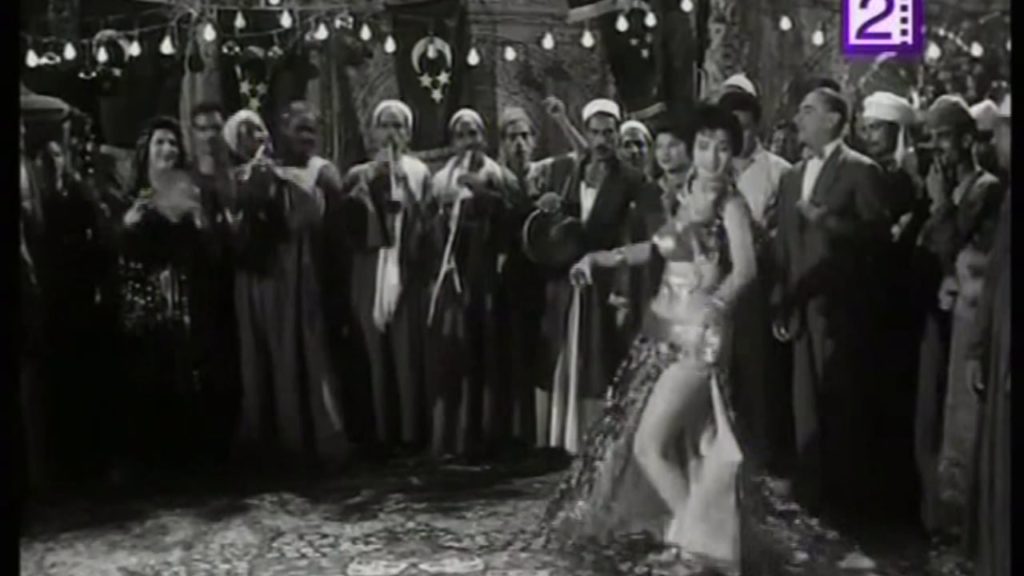

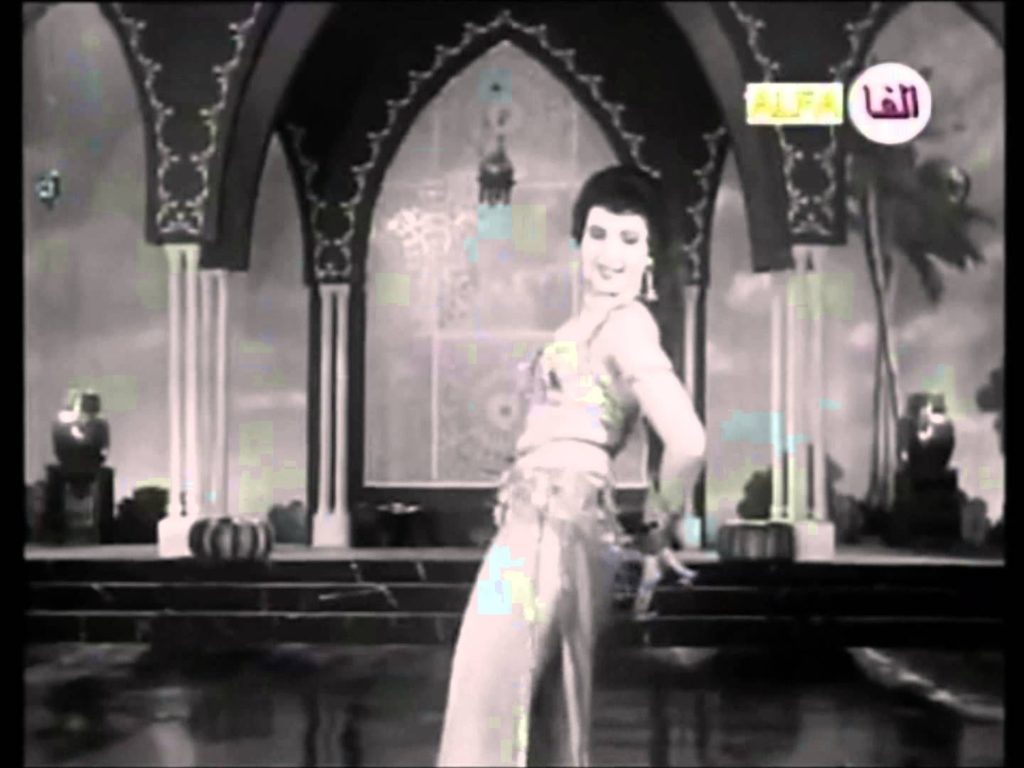
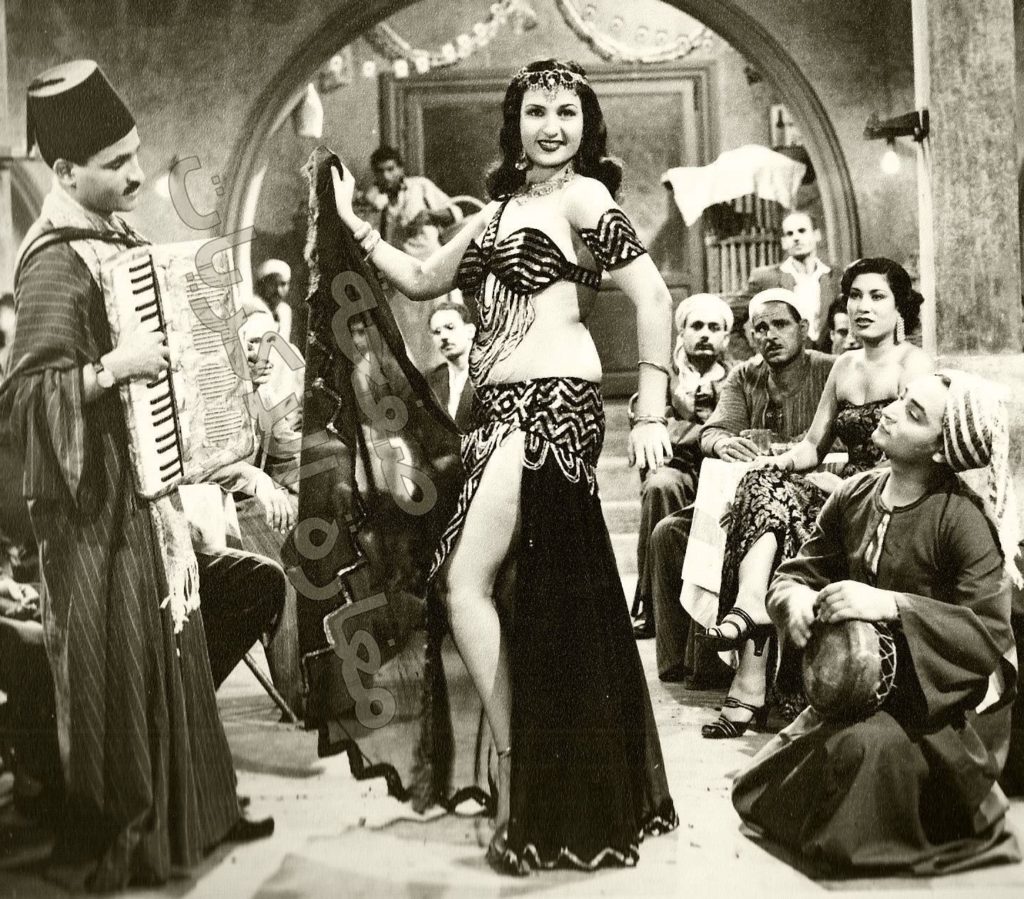


VIDEOS
Samia Gamal
Most famous BellyDancer in the Arab World
Her name in Arabic: سامية جمال, born as Zaynab Ibrahim Mahfuz, 27 May 1924 – 1 December 1994, was an Egyptian belly dancer and film actress.
Samia Gamal died on 1 December 1994, at 70 years of age in Cairo. Samia’s charismatic performances in Egyptian and international films gave Oriental Dance recognition and admiration in Egypt and worldwide.
FILMOGRAPHY
- Samia Forever (Documentary, 2003)
- Fabulous Samia Gamal, The, (Documentary, 2003)
- The Stars of Egypt: Volume 3: Samia Gamal, Part I (Film, 19??)
- The Stars of Egypt: Volume 3: Samia Gamal, Part II (Film, 19??)
- Tarik al shaitan…aka The Way of the Devil (Film, 1963)
- Waada el hub… aka And Love Returned (Film, 1961)
- Nagham el hazine, El… aka Sad Melody (Film, 1960)
- Rajul el thani, El… aka The Second Man (Film, 1960)
- Kull daqqa fi qalbi… aka Every Beat of My Heart (Film, 1959)
- Maweed maa maghoul… aka Rendezvous with a Stranger (Film, 1959)
- Gharam al-miliunayr aka Love of the Millionaire (Film, 1957)
- Amanti del deserto, Gli…aka Desert Warrior (Film, 1956)
- Masque de Toutankhamon, Le…aka Trésor des pharaons, Le (Film, 1955)
- Sigarah wa kas… aka A Glass and a Cigarette (Film, 1955)
- Ali Baba et les quarante voleurs…aka Ali Baba; Ali Baba and the Forty Thieves (Film, 1954)
- Valley of the Kings (Film, 1954)
- Nachala hanem… aka The Lady Pickpocket (Film, 1954)
- Raqsat al-wadah… aka The Farewell Dance (Film, 1954)
- El Wahsh… aka The Monster (Film, 1954)
- Ketar el lail… aka The Night Train (Film, 1953)
- Ma takulshi la hada… aka Tell No-one; Don’t Tell Anyone (Film, 1952)
- Amir el antikam… aka The Count of Monte Cristo (Film, 1951)
- Taa la salim… aka Come and Say Hello (Film, 1951)
- Ahmar shafayef… aka Lipstick (Film, 1950)
- Akher kedba… aka The Final Lie (Film, 1950)
- Sakr, El… aka The Falcon (Film, 1950)
- Nuit des étoiles, La (Film, 1950)
- Afrita hanem… aka Lady Afrita; Lady Genie; Little Miss Devil; The Genie Lady (Film, 1949)
- Agaza fel gahannam… aka Holidays in Hell (Film, 1949)
- Bahebbak inta… aka I Love You Only (Film, 1949)
- Bint haz… aka The Lucky Girl (Film, 1949)
- Sparviero del Nilo, Lo (Film, 1949)
- Mughamer, El… aka The Adventurer (Film, 1948)
- Sahibat el amara… aka The Landlady (Film, 1948)
- Ahdab, El… aka The Hunchback (Film, 1947)
- Ersane talata, El… aka The Three Suitors (Film, 1947)
- Habib al omr… aka The Love of My Life (Film, 1947)
- Bani adam, al-… aka Sons of Adam (Film, 1945)
- Taxi hantur… aka A Hansom Carriage (Film, 1945)
- Russassa fil kalb… aka A Bullet in the Heart (Film, 1944)
- Ali Baba wa al arbain harame… aka Ali Baba and the Forty Thieves (Film, 1942)
- Gawhara (Film, 1942)
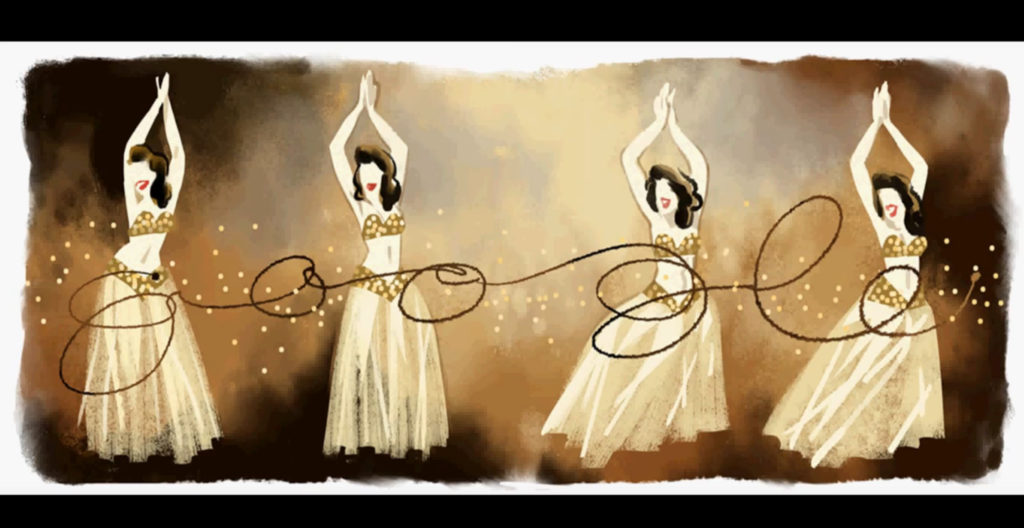

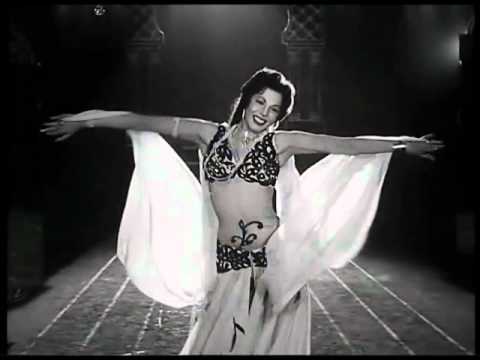

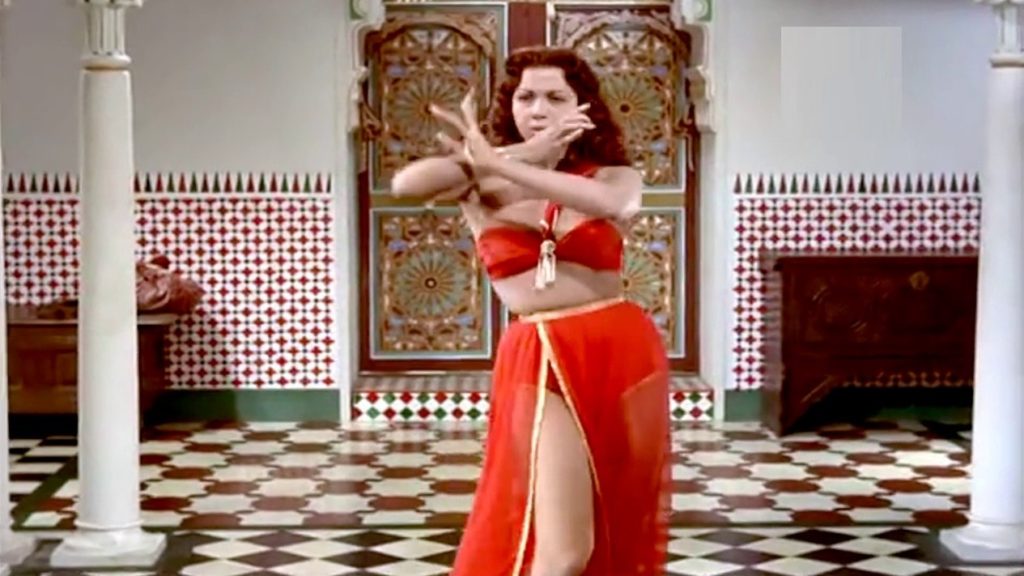
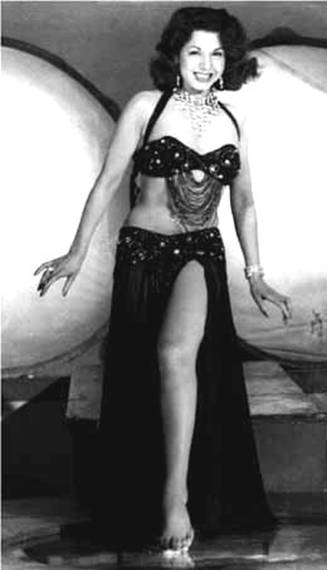
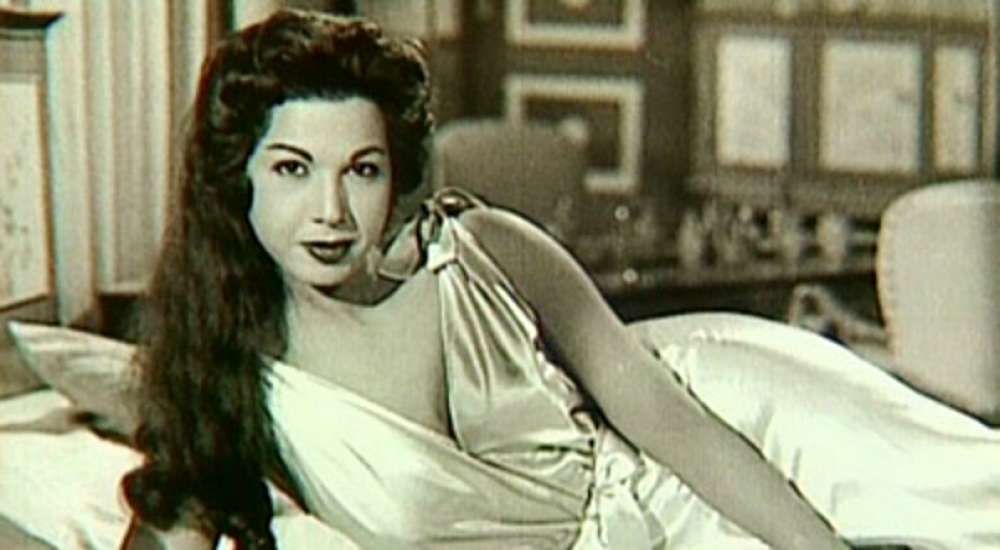



VIDEOS

Sohair Zaki
A living Legend
Born at a time of societal change. Urban weddings were becoming less extravagant and unsegregated. ’Awalim were still being hired as traditional performers for lower class weddings while the Egyptian upper class, the Westernized elite, began hiring popular nightclub entertainers for their parties and weddings. Feminism was making a comeback in Egypt. The recording and film industries were booming, with female directors.
The most famous dancers of the Egyptian screen at that time were Badi’a Masabni, Tahiyya Carioca, Samia Gamal and Naima Akif.
By the late 1940’s, the Awalim tradition had vanished. With the disappearance of the “Usta”, the female leader of a group of ’Awalim, the female artists of Mohammad Ali Street were forced to take charge of their own careers and began running their businesses with men. The Ma’alimah, boss-woman, dancer-artist, was born.
After the revolution of 1952 that finally ended colonial control of Egypt, the Moulid (festivals celebrating the birthday of a local saint or holy person) started to serve as a platform for theatrical and artistic talent. The activities of religious fundamentalists were restricted. Open coffee houses were thriving, with performances of music and dance. Baladi music and Baladi singers were highly popular.
In 1953, when Souhair Zaki was nine years old, she and her family moved to the Mediterranean city of Alexandria. Souhair Zaki fell in love with music and dance and showed natural talent, teaching herself to dance by listening to the radio. Souhair Zaki was most inspired by the dances of Tahia Carioca and Samia Gamal. By the age of eleven she was being noticed at the birthday and wedding parties of friends and family, and started dancing professionally in the Greek nightclubs in Alexandria.
Later Souhair Zaki moved to Cairo, the capital of the Egyptian entertainment world. There she performed in a variety of venues, from smoky nightclubs to grand ballrooms to extravagant wedding celebrations. Just like many of her peers, Souhair Zaki failed an audition as a presenter for television, but moved on to become one of the most famous dancers of the sixties and the seventies, both in film and on stage.
In the sixties Souhair Zaki received accolades and medals from the Shah of Iran, the Tunisian president, and Gamal Abdel Nasser, the second president of Egypt. US President Nixon named her “Zagreeta” when he learned that the word referred to the shrill yelling as an expression of joy.
Souhair Zaki was the first oriental dancer brave enough to perform to the music of Umm Kulthoum, one of the highest revered singers in the history of Arabic music. It was a risk to do so, at first, because at the time Souhair Zaki was still young and not well known. But Umm Kulthoum herself claimed that Souhair Zaki interpreted the music beautifully. Mohammed Anwar Al Sadat, the third president of Egypt, called her “the Oum Kolthoum of dance”. He said, “As she sings with her voice, you sing with your body”.
Souhair Zaki’s picture was often used on cassette covers of sometimes mediocre belly dance music simply as an indication of the style of music, not to infer that she was the producer. However, her meticulous ear for music was famous, gaining the respect of all members of the orchestra that accompanied her.
Souhair Zaki was a very sweet and elegant dancer, known for her unique “soft” style. She was similar to Tahia Carioca in that she had soft rolling hips, could show a great deal of movement in very little space, and was known for her innocently coy facial expressions. Souhair Zaki epitomizes the natural baladi dancer, and was often referred to as a “Bint el Balad”, or “daughter of the country”. Unlike Nagwa Fouad, her greatest competitor at the time, she did not rely on props to dazzle her audience. Her style was pure and precise, and did not require much space on the dance floor in order to connect with the music impressively. She was precise in her hip-work, very feminine, graceful, and rather reserved, but with an emotional impact that was breathtaking. No frills were necessary because her dance technique and artistry alone left her audiences awed.
Suhair Zaki came officially out of retirement in May 2001 to teach several hundred dancers from around the world at Raqia Hassan’s annual “Ahlan We Sahlan” festival in Cairo.(5) Since then she has made an annual appearance at the event, teaching workshops and enjoying the shows.
Some Arabic and Egyptian people have expressed concern that foreigners distort the distinctive Egyptian style of the dance. Souhair Zaki was quoted as saying of the new dancers imported from other countries: “They will never be up to the Egyptian standards, the Egyptian belly dancers’ standards… They don’t have the lively spirit, they don’t have the sense of humour and they don’t have the musical ear… They only perform steps that they learn – 1,2,3,4. But they don’t have the spirit. They will never, never match us” .
Filmography:
1976 Al-fatenah we el saalouk
1975 Alo, ana al-ghetta
1964 Ana wa hua wa hia
and many more …
Credits to the author of this article written by Nimeera Nazmine (you can read the original here: http://www.serpentine.org/yasmin/SohairZuki.html)
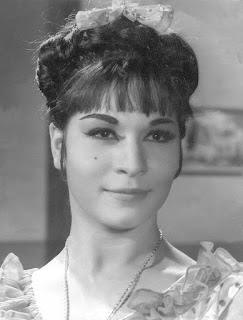
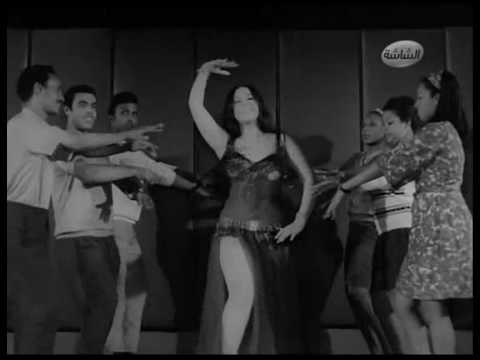
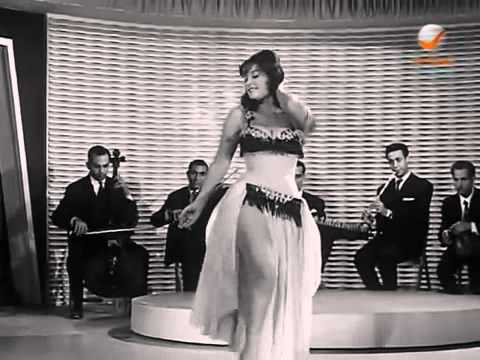

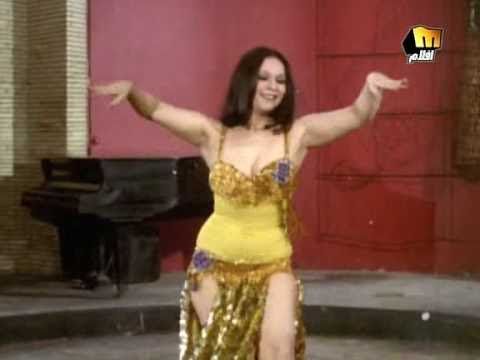
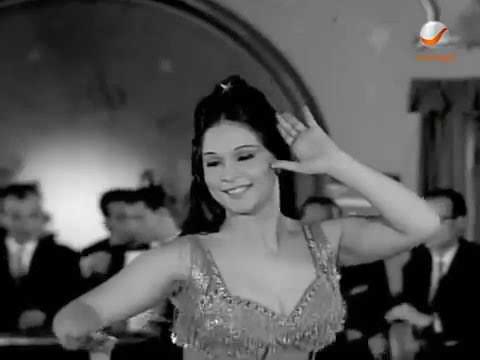



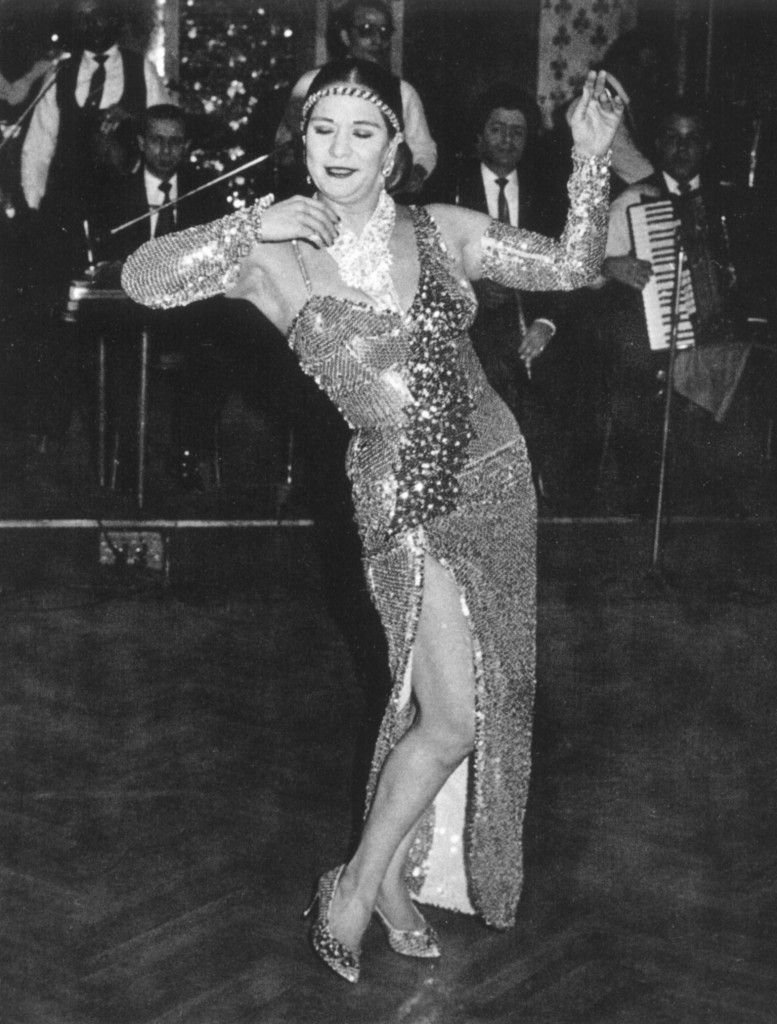
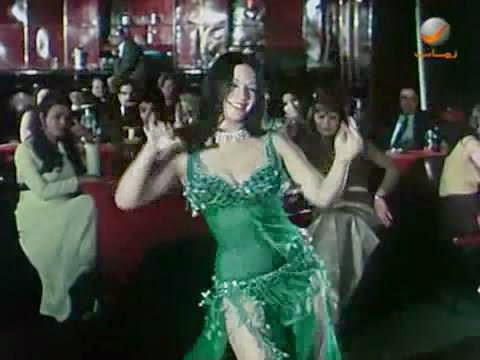
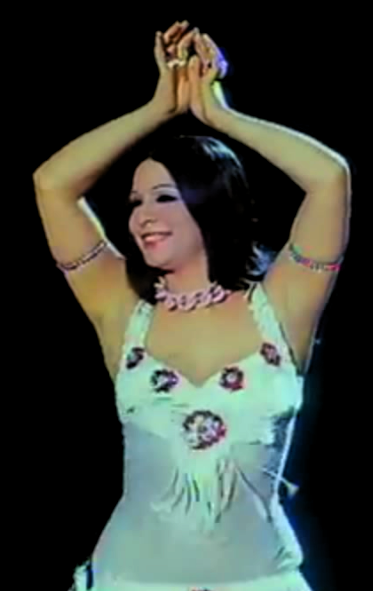

VIDEOS
